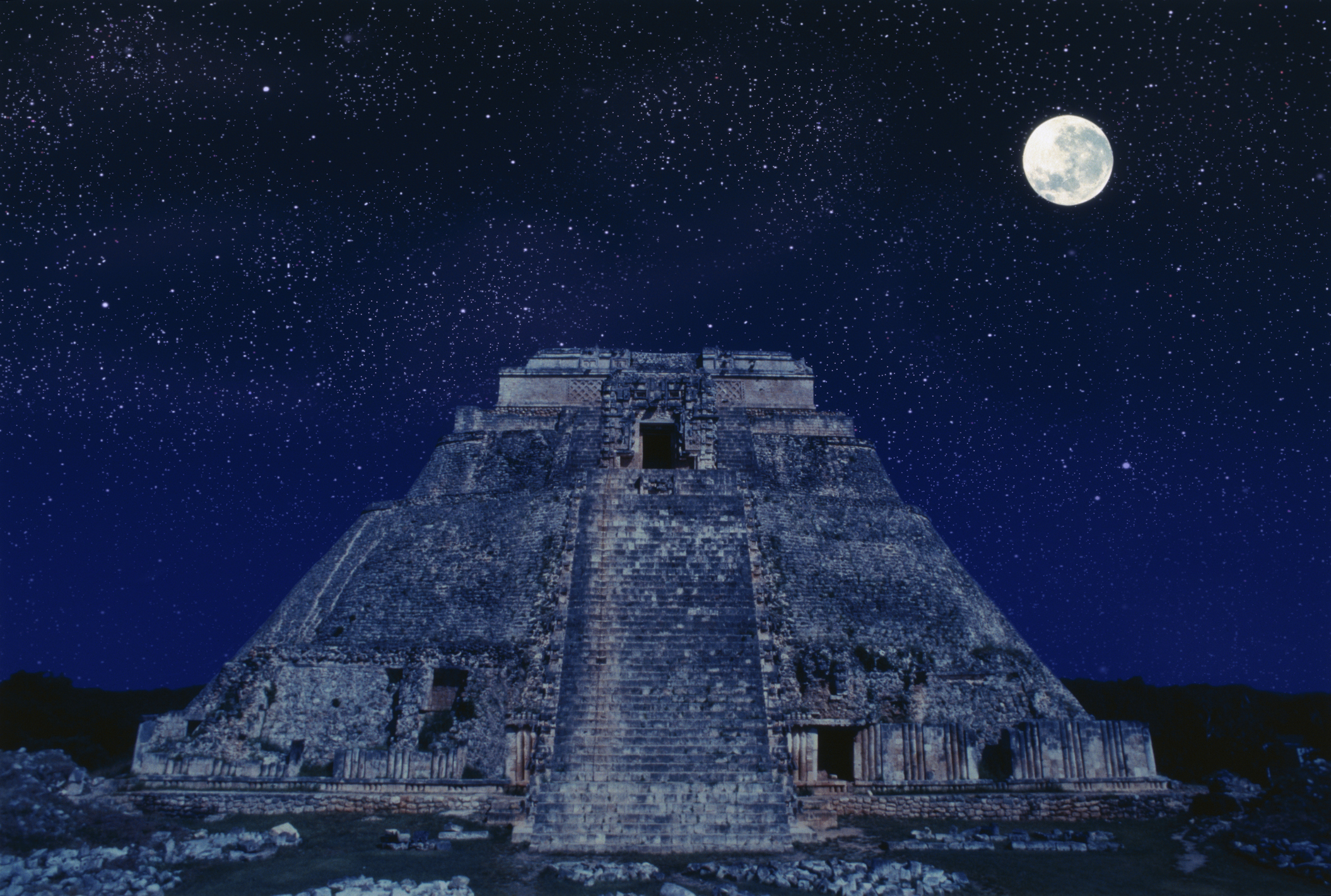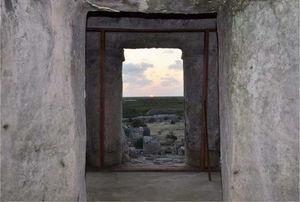Known for its outstanding architecture, Mayan Culture makes itself known all over the world. Chichen Itza is a great example of complex engineering and very well study structures. Learn more about how Astronomy and Mayan Architecture come together beautifully. The more we learn about them, the more we can enjoy when we visit Archaeological Sites.
For centuries, archaeologists and other scientists have studied the Mayan Culture and its architecture. Every day there’s some new discovery regarding the math and astronomy behind the Mayans’ constructions. Architecture has been a key topic to find out more about the Mayans and their studies, but people keep wondering how they managed to learn so much about the universe and actually apply it to the function and design of their buildings. First, let's learn a bit about Mayan Architecture:

Chaac is the Mayan god to whom it’s attributed to be associated with rain, thunder, lightning, and water provision. Basically, it was the god they went to when seeking prosperity for their lands when harvest and sowing seasons came. Chaac is commonly represented in many buildings and artifacts that were made as offerings to him. He is represented as an old man with a young face with a peculiar hook-like nose. Many Chaac masks are found as decoration for many pre-hispanic buildings with Puuc style architecture, which is mostly found in the Yucatan Peninsula.
Also known as the “faux arch”, this architectural piece is very representative of the Puuc style. It was mainly used to highlight the main access of the buildings. With the Mayan, Arch came along the Mayan Vault, which is made by putting together pre-made arches. As the pieces are next to each other, creating this pathway, they become taller, adding height to the building.

Just like the Observatory or El Caracol in Chichen Itza, round and oval buildings were made for a specific purpose. The majority of the oval buildings were used as sanctuaries or observatories and were also decorated with Chaac masks on the facade.
Another great example of this particular characteristic is the Mayan houses. If you have ever heard of them or seen one, you’ll immediately notice the oval shape of these houses. They have this shape for a reason, and that is for the strong winds and hurricanes. It helps so the winds don’t crash but they flow surrounding the houses. Isn’t it amazing that the Mayans took care of everything and put it into action?
If you pay close attention to the Mayan Buildings, you’ll notice a pattern made by staggering fretwork. It can be found on facades, artifacts, and textiles. Many believe that it is inspired by snakes or the movement of the wind. The staggered fretwork can be found not only in the Mayan Culture but in many other Mesoamerican cultures.

The orientations of the civic and ceremonial buildings were astronomically functional, primarily or exclusively in an east-west direction. Studies have found that it is very likely that some of them were aligned to the movement of Venus or the Moon, or even to some stars. Still, it is more common to find Mayan buildings related to sunrise and sunset on certain dates.
The histograms that we elaborated on a show that the distribution of these dates in the year is not uniform, but manifests particularly pronounced concentrations in four epochs, that with much probability can be explained in terms of the agricultural cycle, since they correspond to the preparation of the cultivation fields, the beginning of the rainy season and of the sowing of corn, and the time of the harvest.
The fact that the sunrise dates fall predominantly in autumn and winter and the sunset dates in spring and summer is due to the prevailing deviation of the alignments in a clockwise direction with respect to the cardinal directions (south of east or, seen in another way, north or west), a very common tendency in Mesoamerica, whose origins are to be sought in the symbolism related to the directions of the universe. On the other hand, when analyzing the distribution of the solar orientations, scientists detect that the dates marked by a particular building on the east or west horizon tend to be separated by intervals that are multiples of 13 or 20 days.

Mayan astronomy was based on observation. They analyzed the route of each celestial body and how they interacted and affected the Earth. Due to all their study, many cities and cenotes were built or preserved aligned to the skies and their stars as a way to keep studying them.
Archaeologists have found lost documents in different parts of Europe regarding the studies of the Sun, Moon, planets, and the Milky Way that belonged to the Mayan people. These are now called Codex and are preserved in different cities throughout the world. The Codex contains valuable information that has helped me understand and appreciate the design of the Mayan Architecture.
Equinox and Solstice are famously known for being vastly studied by the Mayan Culture. An example of this is the Dresden Codex found in Germany. This Codex had information about the Equinox, the phases of the moon, and sun-related phenomena. In the end, there is more to be amazed by than what we already know.
Source: Astronomía en la arquitectura de Chichén Itzá: una reevaluación | Estudios de Cultura Maya